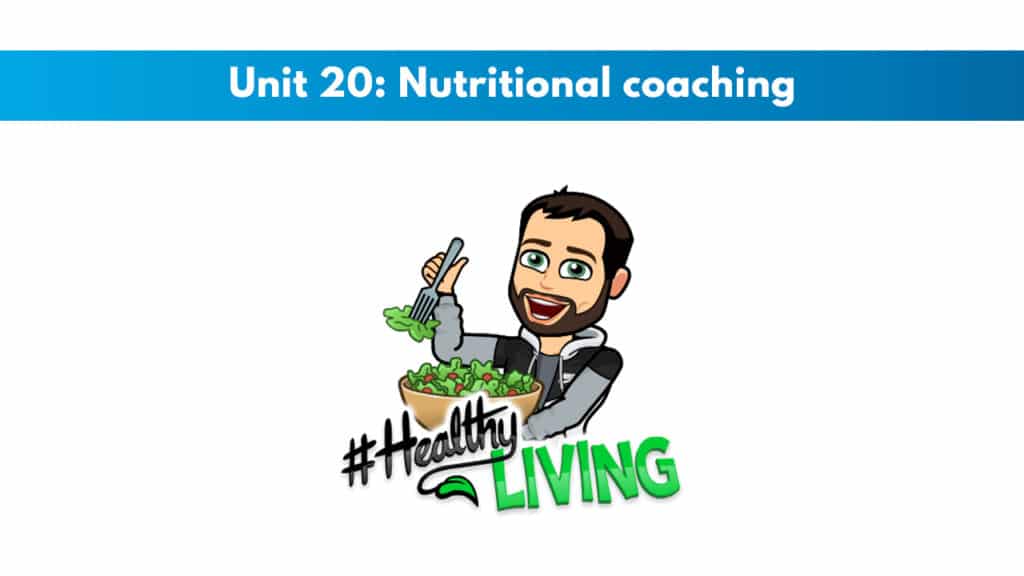
If you have not yet signed up for the ISSA CPT certification, receive a big discount here.
Get your copy of the ISSA CPT exam cheat sheet.
It helps immensely in your ability to study for the ISSA test. This PDF printable one-page sheet gives you a breakdown of the skills and knowledge candidates need to pass the exam.
My PTP students report cutting their ISSA study time and effort in half with Trainer Academy.
Benefit from the Exam Pass Guarantee and Retake Fee Guarantee. Plus, take advantage of my current discount code PTPJULY for 45% off the MVP Program (Ends July 14th, 2025).
Try it out for free here to see if it’s right for you, or read my detailed review for further insights.
Exclusive PTP CPT Offers |
||
|---|---|---|
Most Popular Cert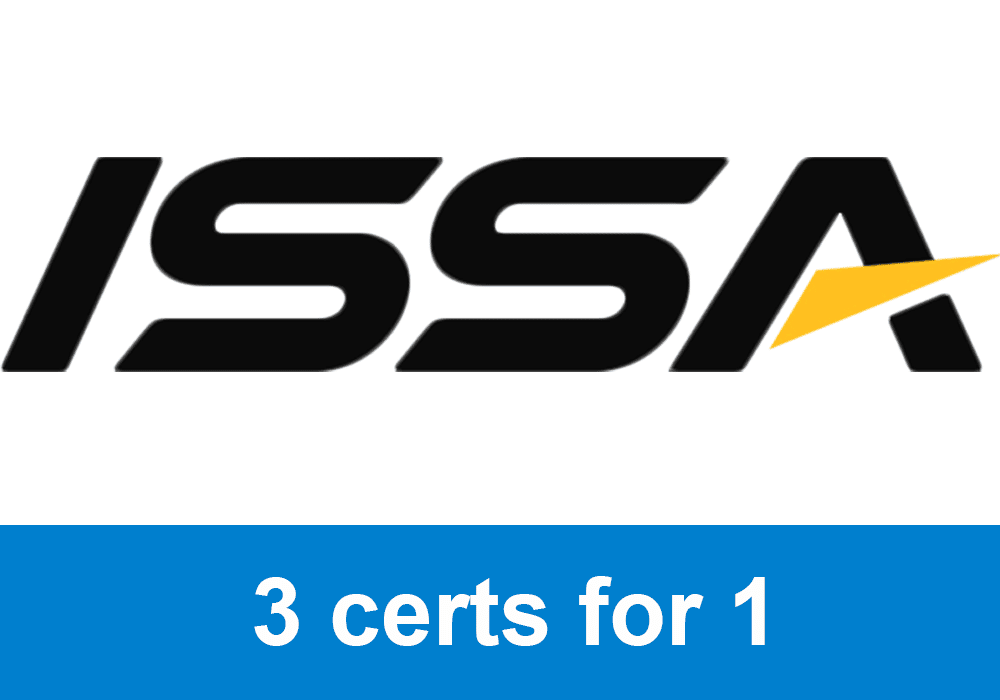 | Best Online NCCA Cert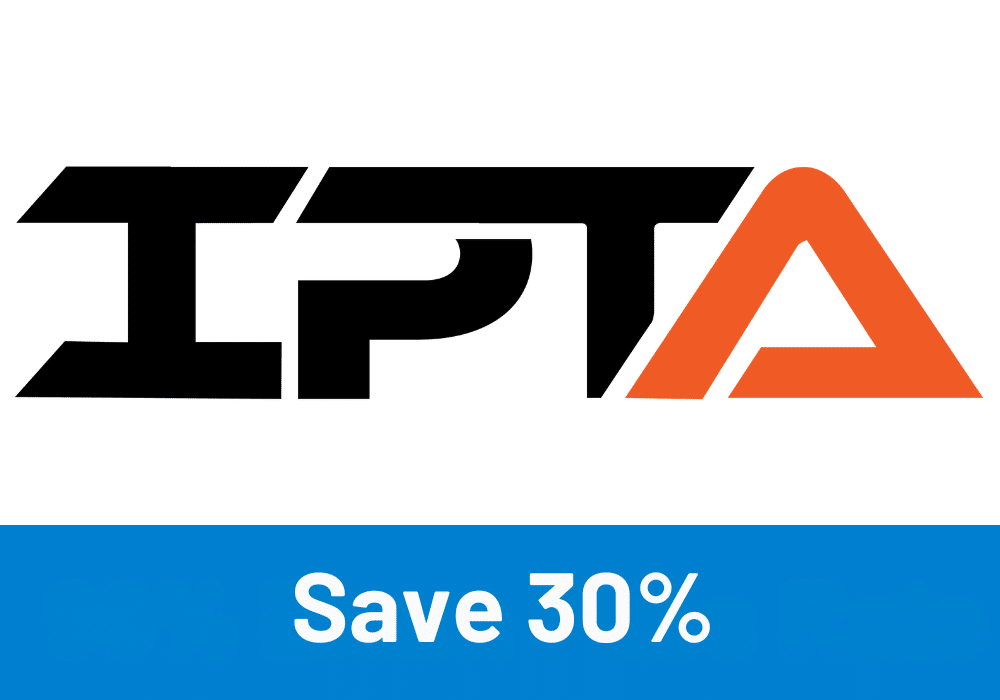 | Best Study Materials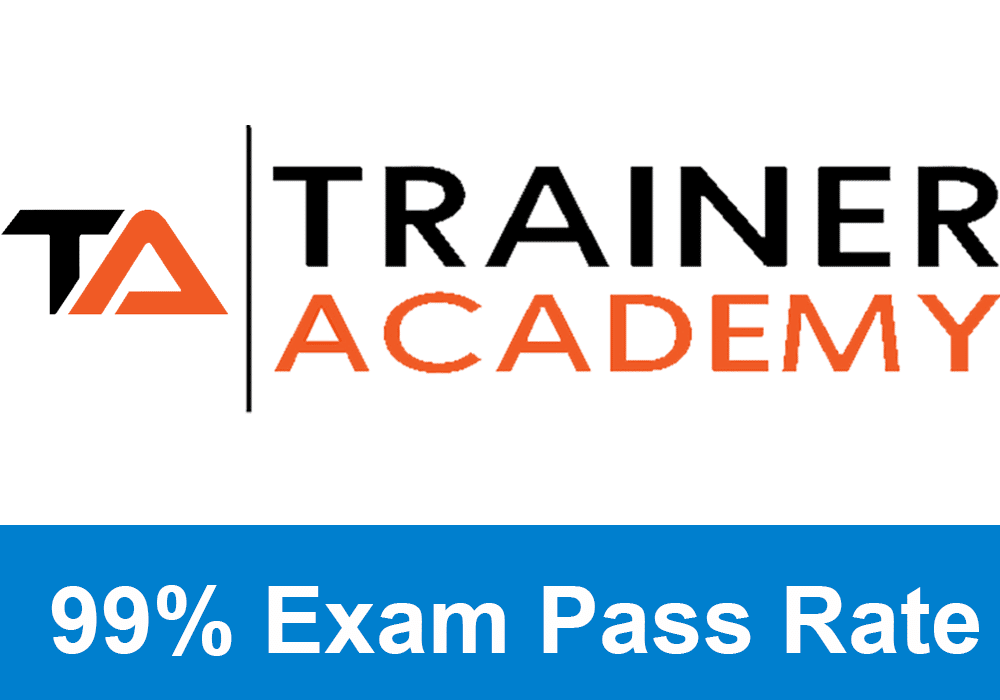 |
Gold Standard Cert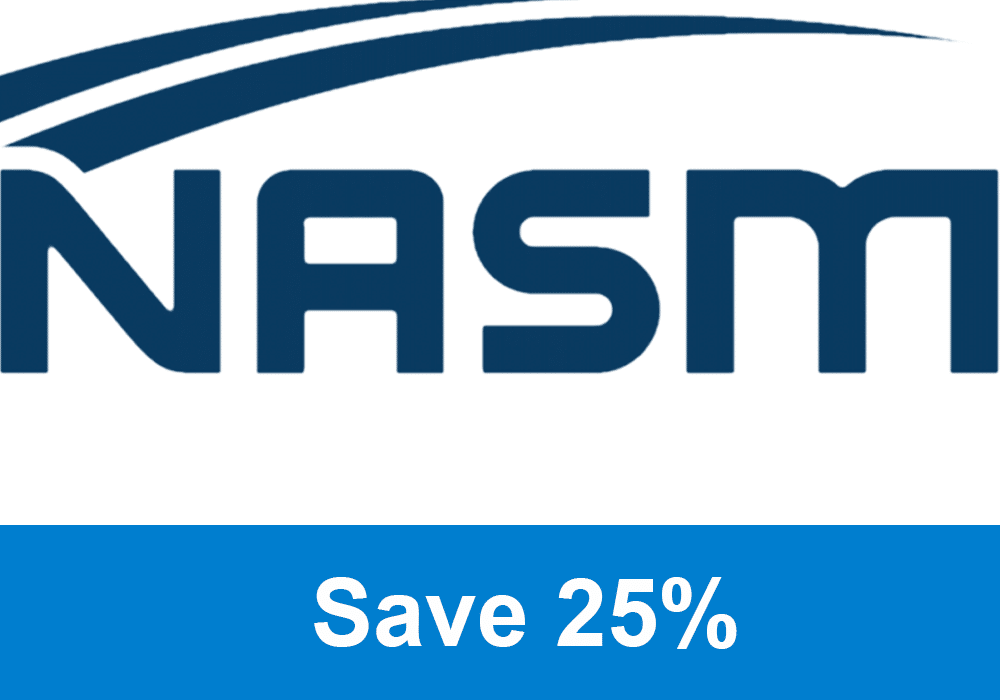 | A Good Option | Best CPT for you?  |
1: Describe the first step you should take when designing a nutrition plan for a client
Listen to their goals (listen, learn, discover, and work together).
2: Name 2 questionnaires that can be used to define a client’s goals
Present Medical Condition Questionnaire and a Comprehensive Client Information Sheet
3: What is the significance of determining a client’s motivation?
So that you can structure a measurable nutrition program tailored to their unique desires.
4: Name the 4 classic models in establishing your client’s written goals
Goals are put down ln writing.
Goals are specific and measurable.
Goals have a timeline.
Goals are realistic.
5: Describe, with examples, the differences between outcome goals and behavioral goals
Outcome goals are short term once-off efforts; behavioral goals are long term sustainable shifts where the goal is a lifestyle change. A 6-week diet plan is an example of an outcome goal; nutritional coaching provides behavioral goals that can be carried on through life.
6: How can your client track their progress after their behavioral and outcome goals have been determined?
They can use food records
7: Why is ‘calorie math” not reliable as a primary method of determining a client’s progress?
Its a good estimate of overall energy balance, but it won’t give the proper indication of food quality over the long term.
Exclusive PTP CPT Offers |
||
|---|---|---|
Most Popular Cert | Best Online NCCA Cert | Best Study Materials |
Gold Standard Cert | A Good Option | Best CPT for you?  |
8: What other methods can you use when reviewing your client’s food journals?
Use the journal exercise to create client awareness and positive reinforcement. Identify limiting factors that are limiting progress.
9: What are 3 typical limiting factors for clients, and discuss their significance?
OVEREATING PROCESSED FOODS
NOT EATING ENOUGH VEGETABLES
NOT EATiNG ENOUGH PROTEIN
10: Name some typical nutritional deficiencies seen with new clients?
Vitamin B7
Vitamin D
Vitamin E
Chromium
lodine
Molybdenum
11: Give 4 reasons hand portioning is better than calorie counting? List the best food measurement methods below:
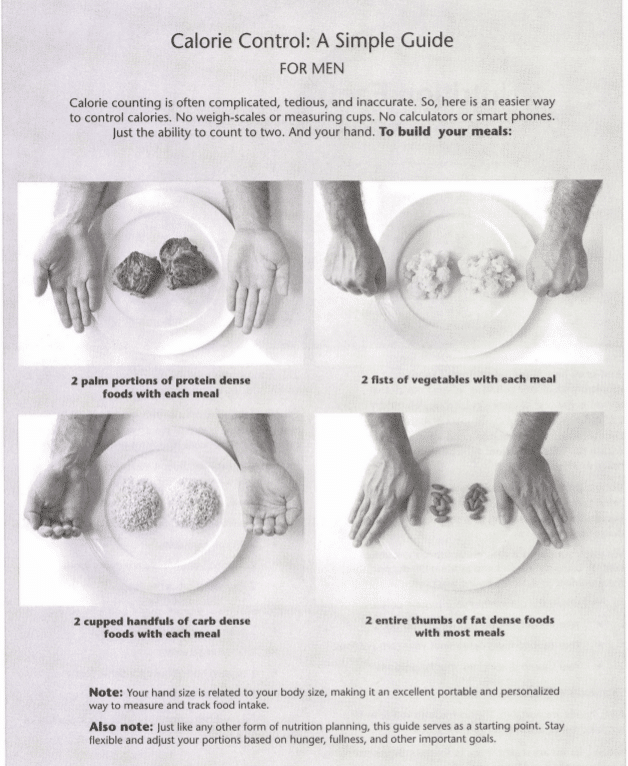
12: For men and women, what are the ideal hand portions? Refer to the chart on pages 598 and 599
Men:
two palms of protein-rich foods
two fists of vegetables
two handfuls of carb-rich foods
two thumbs of fat-rich foods
Women:
one palm of protein-rich foods
one fist of vegetables
one cupped handful of carb-rich foods
one thumb of fat-rich foods
13: What’s the significance of meeting clients where they are currently in their nutrition plan?
This is important to map a plan based on client goals and not your own
14: What is the confidence method? How are “progress markers” useful throughout your client’s nutritional plan?
The confidence method uses arbitrary but measurable parameters to track diet activity and generate realistic, confidence-boosting goals for extra motivation.
15: Give some useful strategies that can be used if progress stalls with your client
- What specifically does the client want? Are they matching behaviors with expectations?
- Build on previous success. To find workable solutions, chat with clients about what they ARE doing. What is working well for them right now? How did they eat that salad a few days ago? How did they accomplish that reasonable portion of dessert last week? What led to that choice? When we understand what allows us to succeed, we can do more of it.
- Are they majoring in the minor? In other words, have they taken care of the “easy” limiting factors but neglected the elephant(s) in the room?
- They’ve hit a plateau and want to lose fat: Make sure they exercise at least 5+ hours per week, then decrease calorie intake by 250 calories per day (by removing a cupped handful of carbs and a thumb of fats from daily intake). If it stagnates again, consider increasing exercise to 7+ hours per week (if possible). Then, decrease calories by another 250 and reassess.
- They’ve hit a plateau and want to gain muscle: Make sure they have a solid training program that stimulates muscle growth. This can’t be overstated; just being at the gym and going through the motions of a strength training program isn’t enough. They need to train hard. Then, increase daily calorie intake by 250 calories (such as adding a cupped handful of carbs and a thumb of fats to daily intake). Monitor progress and continue to increase every 2-3 weeks until they start to gain lean mass.
16: In what ways can you give support to your client to better adjust to “new normals?”
You can provide this support through ongoing meetings, whether in-person or virtually.
17: Which two methods would you use to help clients learn new habits?
- Consider the bigger picture
- Celebrate success
- Practice
- Rituals
- Pre-commit
18: What is an Ectomorph, and give an idea of the specific portions of a typical meal?
I type (ectomorphs) are thin, with smaller bone structures and thinner limbs.
The diet has more carbohydrates, moderate protein, and a lower fat intake.
For each meal, I type men might begin by eating:
Two palms of protein-rich foods.
Two fists of vegetables.
three handfuls of carb-rich foods, one thumb of fat-rich foods
For each meal, I type women might begin by eating:
One palm of protein-rich foods.
One fist of vegetables.
Two handfuls of carb-rich foods.
Half a thumb of fat-rich foods
19: What is a mesomorph, and give an idea of the specific portions of a typical meal?
V types (mesomorphs) have a medium-sized bone structure and athletic body.
A mixed diet with balanced carbohydrates, proteins, and fats.
V-type men might begin by eating:
two palms of protein-rich foods
two fists of vegetables
two handfuls of carb-rich foods
two thumbs of fat-rich foods
V type of women might begin by eating:
one palm of protein-rich foods
one fist of vegetables.
one handful of carb-rich foods
one thumb of fat-rich foods
20: What is an endomorph, and give an idea of the specific portions of a typical meal?
O types (endomorphs) have a larger bone structure with higher amounts of total body mass and fat mass
O-type men might begin by eating:
Two palms of protein-rich foods o
Two fists of vegetables.
One handful of carb-rich foods.
Three thumbs of fat-rich foods For each meal,
O-type women might begin by eating:
One palm of protein-rich foods.
One fist of vegetables.
Half a handful of carb-rich foods.
Two thumbs of fat-rich foods.
21: How is carb and calorie cycling implemented on non-weightlifting days and weightlifting days?
On non-weightlifting days – or days of just doing low-intensity or short-duration exercise, clients should eat a baseline diet of mostly protein, vegetables, and healthy fats with minimal carbs.
Clients should add starchy carbs to their baseline diet on weightlifting days or longer-duration high-intensity exercise.
22: What sort of nutritional intake should be aimed for before and after a workout session?
Clients should aim to consume a normal meal for 1-2 hours both before and after their workout sessions.
23: Describe the “thought experiment?” And how this can be implemented with your clients
One of the best ways to understand communication and coaching is to think about how you prefer to be communicated to and coached. We like talking to people who get us.
If you want assistance wrapping your head around this material, make sure to check out Trainer Academy for some awesome ISSA study materials. They have Practice tests, flashcards, audio study guides, and much more.

 Have a question?
Have a question? 



Tyler Read
PTPioneer Editorial Integrity
All content published on PTPioneer is checked and reviewed extensively by our staff of experienced personal trainers, nutrition coaches, and other Fitness Experts. This is to make sure that the content you are reading is fact-checked for accuracy, contains up-to-date information, and is relevant. We only add trustworthy citations that you can find at the bottom of each article. You can read more about our editorial integrity here.